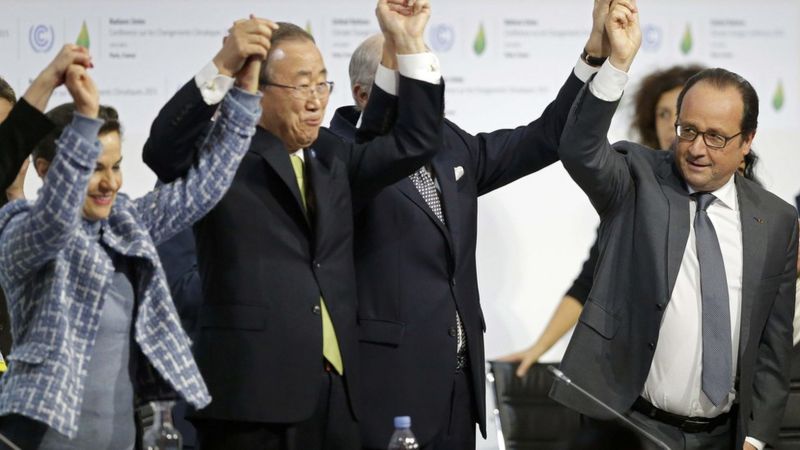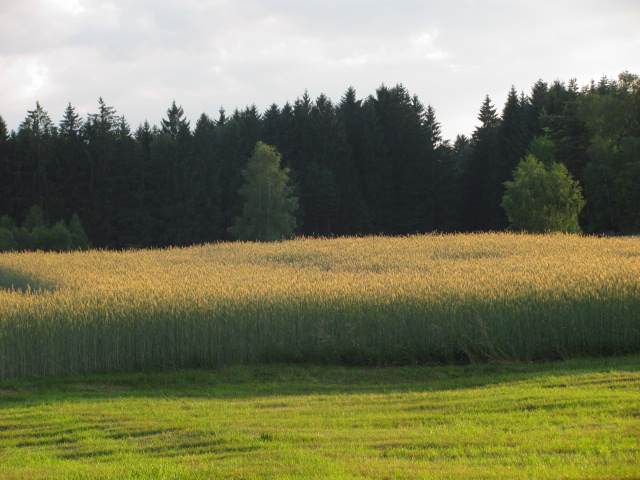Domestic Uses
Helmreich and Horn RecommendationsThe collection area's Helmreich and Horn recommended for domestic rainwater harvesting (RWH) include roofs, courtyards, and roads. GIS was predicted to be a useful tool in locating appropriate collection zones.
The most important aspect of the storage container is a tight lid that prevents contamination, algae growth, and mosquito breeding. They didn't have a definite recommendation for the location of the tank, above or below ground, nor the size of the container. Larger tanks were not inherently preferable as it took longer to cycle through water, so it's less fresh.
If drinking water is the aim of the harvesting, then open containers were not recommended. And collection sites in urban areas would need to filter out the air pollutants and roof contaminants.
Implementation Example
Bangladesh is looking toward rainwater harvesting as a potential solution to reduce urban flooding during the monsoon seasons and alleviate water shortages in the dry season. A study was conducted by Akter and Ahmed to access the potential for rooftop RWH in South Agrabad (southwest part of Chittagong city). They were able to demonstrate the value of GIS in analysing sites' suitability for RWH, as Helmreich and Horn predicted. Factors considered in their model include the area of the roofs, the slope of the land, how easily runoff could flow, and the amount of drainage. (Elevation changes in the land was a factor that Hornreich and Horn emphasis for agriculture but not domestic collection.) South Agrabad was divided into 16 watersheds. Watershed one is lauded with rooftops being able to absorb .44 meters out of the 1.71 meters of total rainfall. Therefore Akter and Ahmed say that roof top rain harvesting can alleviate up to 26% percent of the flooding depth.
 |
| The possible amount of rainwater that could be collected in each watershed compared to the current amount of runoff in South Agrabad. Source: Akter and Ahmed |
The 31% collection of total runoff in Watershed 10 was not considered a satisfactory reduction of water because the amount of stagnant water would still be above rickshaw height. The cause of additional flooding may be due to Watershed 10 being the lowest slope in the region. Excess runoff from other areas may accumulate there.
The amount of water each person could receive from roof water harvesting was calculated for 2006 (a dry year), 2011 (an average year), and 2014 (a wet year). They found that the daily amount provided by these collections was 20 liters per person.
Rain Water Harvesting Takeaways
The theme for both Africa and Bangladesh was using RWH to alleviate drought while reducing flooding. The principle applied to both agricultural and domestic water use. Helmreich and Horn briefly mention intense rainstorms, but they never delve into the benefits that water collection could have on reducing flooding risks.It is interesting that Maswa, Tanzania used roads as a collection point, when Helmreich and Horn recommended it for domestic purposes. While the urban environment has more roads, they are a prominent feature of rural landscapes. It makes sense to take advantage of a surface material that causes runoff, which Helmrich and Horn see as a fundamental first step in RWH. Another reversal of recommendation occurred with South Agrabad, Bangladesh's use of land slope in their consideration of RWH sites. This might not have been considered a factor for Akter and Ahmed as they didn't consider any benefits inlvoving flood reduction.






























